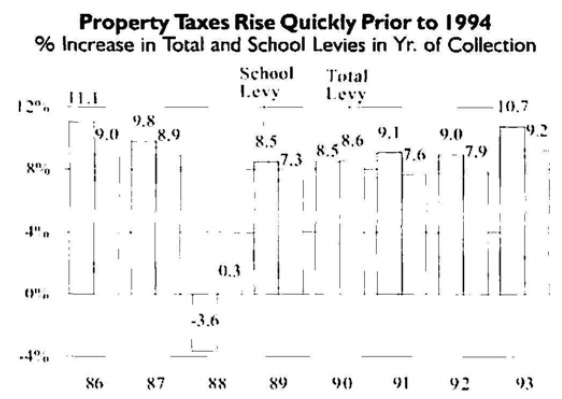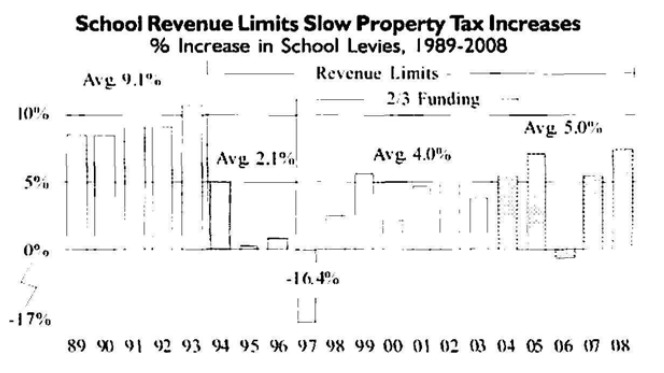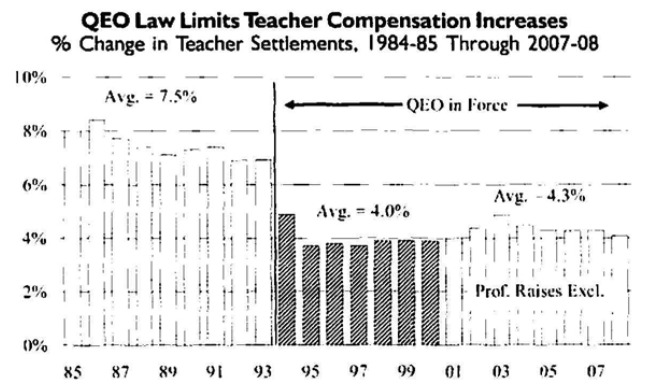Madison School Board Member Ed Hughes
Call me crazy, but I think a record of involvement in our schools is a prerequisite for a School Board member. Sitting at the Board table isn’t the place to be learning the names of our schools or our principals.
Wayne Strong, TJ Mertz and James Howard rise far above their opponents for those of us who value School Board members with a history of engagement in local educational issues and a demonstrated record of commitment to our Madison schools and the students we serve.
Notes and links on Ed Hughes and the 2013 Madison School Board election.
I’ve become a broken record vis a vis Madison’s disastrous reading results. The District has been largely operating on auto-pilot for decades. It is as if a 1940’s/1950’s model is sufficient. Spending increases annually (at lower rates in recent years – roughly $15k/student), yet Madison’s disastrous reading results continue, apace.
Four links for your consideration.
When all third graders read at grade level or beyond by the end of the year, the achievement gap will be closed…and not before
According to Mr. Rainwater, the place to look for evidence of a closing achievement gap is the comparison of the percentage of African American third graders who score at the lowest level of performance on statewide tests and the percentage of other racial groups scoring at that level. He says that, after accounting for income differences, there is no gap associated with race at the lowest level of achievement in reading. He made the same claim last year, telling the Wisconsin State Journal on September 24, 2004, “for those kids for whom an ability to read would prevent them from being successful, we’ve reduced that percentage very substantially, and basically, for all practical purposes, closed the gap”. Last Monday, he stated that the gap between percentages scoring at the lowest level “is the original gap” that the board set out to close.
Unfortunately, that is not the achievement gap that the board aimed to close.
60% to 42%: Madison School District’s Reading Recovery Effectiveness Lags “National Average”: Administration seeks to continue its use. This program continues, despite the results.
3rd Grade Madison School District Reading Proficiency Data (“Achievement Gap Plan”)
The other useful stat buried in the materials is on the second page 3 (= 6th page), showing that the 3rd grade proficiency rate for black students on WKCE, converted to NAEP-scale proficiency, is 6.8%, with the accountability plan targeting this percentage to increase to 23% over one school year. Not sure how this happens when the proficiency rate (by any measure) has been decreasing year over year for quite some time. Because the new DPI school report cards don’t present data on an aggregated basis district-wide nor disaggregated by income and ethnicity by grade level, the stats in the MMSD report are very useful, if one reads the fine print.
Madison Schools Distort Reading Data (2004) by Mark Seidenberg.
How many School Board elections, meetings, votes have taken place since 2005 (a number of candidates were elected unopposed)? How many Superintendents have been hired, retired or moved? Yet, the core structure remains. This, in my view is why we have seen the move to a more diffused governance model in many communities with charters, vouchers and online options.
Change is surely coming. Ideally, Madison should drive this rather than State or Federal requirements. I suspect it will be the latter, in the end, that opens up our monolithic, we know best approach to public education.



